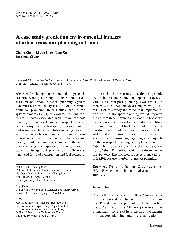摘要
Predicting environmental impacts is essential when performing an environmental assessment on urban transport planning. System dynamics (SD) is usually used to solve complex nonlinear problems. In this study, we utilized system dynamics (SD) to evaluate the environmental impacts associated with urban transport planning in Jilin City, China with respect to the local economy, society, transport, the environment and resources. To accomplish this, we generated simulation models comprising interrelated subsystems designed to utilize changes in the economy, society, road construction, changes in the number of vehicles, the capacity of the road network capacity, nitrogen oxides emission, traffic noise, land used for road construction and fuel consumption associated with traffic to estimate dynamic trends in the environmental impacts associated with Jilin's transport planning. Two simulation scenarios were then analyzed comparatively. The results of this study indicated that implementation of Jilin transport planning would improve the current urban traffic conditions and boost the local economy and development while benefiting the environment in Jilin City. In addition, comparative analysis of the two scenarios provided additional information that can be used to aid in scientific decision-making regarding which aspects of the transport planning to implement in Jilin City. This study demonstrates that our application of the SD method, which is referred to as the Strategic Environmental Assessment (SEA), is feasible for use in urban transport planning.
